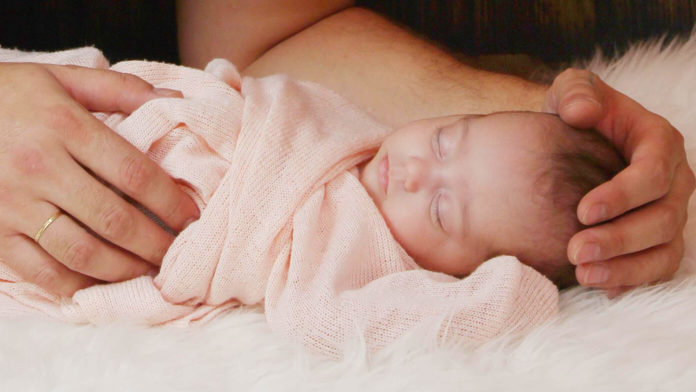The dose makes the poison, and even something as essential as oxygen can come at a concentration that’s too high. And we simply don’t know what’s best for pre-term babies who often struggle to breathe.
Air only contains 21 percent oxygen, and for babies born before 29 weeks of gestation that just isn’t high enough because their lungs aren’t fully developed. But pure oxygen might not be the ideal solution, either.
Even for full-term babies, a safe oxygen concentration for resuscitation was only recently established.
“When I started training in the early 2000s, it was customary that you give 100 percent oxygen to a baby to get the baby ‘pinked up’ as fast as possible, because babies come out blue as the womb is a low-oxygen environment,” said Georg Schmölzer, associate professor of pediatrics at the University of Alberta in a press release.
While the short-term benefit of pure oxygen is more immediate oxygenation, resuscitation with regular air saw lower rates of leukemia and mortality in full-term babies.
“They found giving 100 percent oxygen can actually prevent a baby from starting to breathe at birth and can create apnea for a brief period of time,” added Schmölzer.
in 2010, new guidelines were established to resuscitate full-term babies with regular air. However, unlike in full-term babies, regular air resuscitation of pre-term babies results in higher mortality rates. At the same time, the potential complications of pure oxygen resuscitation poses questions about the optimal mix of oxygen and air for neonatal care.
Too much oxygen leads to destructive free radicals that form when oxygen atoms split. This can cause especially poor outcomes in pre-term babies because their bodies lack the antioxidants that normally would defend against free radicals.
This excess can lead to chronic lung disease, brain damage, and abnormal blood vessels in the retinas that can lead to blindness. And all of this needs to be balanced against survival rates, which can go down with both too little or too much oxygen.
That’s why Schmölzer will be leading a study to compare outcomes when pre-term babies are treated with either 30 percent or 60 percent oxygen. Funded by a $2.2-million grant from the Canadian Institutes of Health Research, health outcomes will be measured at 18 and 24 months to give a picture of long-term health and survival.
What we give pre-term babies to breathe in the first minutes after birth can have long-term implications on their health. The study will aim to quantify how much oxygen babies need and how much is safe to use. Understanding this balance will help form recommendations for best practices in neonatal care.








































